Most people associate sapphires with Ceylon, Thailand, and Queensland, but did you know Tasmania has several areas where you can find them? There is even a dedicated Fossicking Area set aside for sapphire fossicking. Most Tasmanian sapphires has been found in creeks and rivers that drain the Blue Tier and Mt Paris area, in north-eastern Tasmania.
- Handful of Weld River sapphires.
- Tasmanian sapphire
- Large Tasmanian sapphire and topaz
If you want to find some Tasmanian sapphires…
The best place you can go to, hands down, is the Weld River Fossicking Area, both upstream and just downstream of the Frome Road bridge, in Moorina. If you walk below the road bridge, and dig among the rocks just downstream, in the area that has relatively large boulders, you’re guaranteed to find some sapphires, unless the river’s in full flood.
As I already went over in the Tools post, you’ll want to take a good shovel (I use a long-handle post hole shovel), a set of gem sieves (I often see them at camping and outdoor supply shops like Anaconda), and a container to put your gems into. I also find a panning dish useful, and I like to wear waders or a wetsuit, except in mid summer if it’s hot.
Sapphires are heavier than sand of the same size, so they like to work their way to the very bottom of the river. Because they’re denser, they also get caught around obstructions, such as rock bars, fallen logs, and behind big boulders. Essentially you’re looking for anything that will slow down the water flow during a flood, and cause the heavier stuff to fall out. If you’re just starting out, then on the downstream of big boulders and rock bars is your best bet. Because they’re denser and heavier, sapphires accumulate with gravels, not with sand. Digging into sand is a waste of time, unless it’s covering up some gravel. Dave McCracken has a good post on this at the New 49’ers, which is actually about where gold accumulates, rather than gemstones, but the principles are the same for all heavy minerals. Luckily, the Weld River has a lot of cassiterite (tin ore) and pleonaste spinel, also known as blackjack. Blackjack is dense and heavy like sapphire, and much, much more common, so it really stands out when it’s there. If you’re digging and not seeing plenty of blackjack, it’s not a good spot and you should move. Blackjack will your best guide as to where the heavy minerals (like sapphires) are accumulating in the river, because it’s so common.
- Blue Tier stream
- Digging in the Weld River
- Weld River wash
Put your gravel into the sieve, and sieve it to let the fine sand pass through. Use your hands to rake off the larger rocks, and then try to concentrate the heavy stuff on the bottom of the sieve. This is much easier to show than to explain, but you want to keep centering the material to the middle of the sieve, and then gently pumping the sieve up and down into the water, so the force of the water pushes the sand to the top, and the heavy stuff stays on the bottom. Keep centering and pumping, and if you do it right, you’ll end up with the heavies concentrated into a disk on the bottom of the sieve. You can see the action I’m talking about, starting at about 2:45 min into this video by Liz Kreate:
When you’re done, upend your sieve on a sandy bank or a flat rock, and go through the stuff. If you’re lucky, you’ll have some beautiful Tasmanian sapphires. Don’t worry if the first few don’t work as well as you expect. It takes a while to get the knack.
The next step
While you’re pretty much guaranteed some sapphires at the Frome Road bridge, they’re mostly pretty small. Larger stuff is usually found further upstream in the Weld River, and in some of the surrounding rivers and creeks. The main ones are the Weld, Frome, Wyniford and Cascade rivers, and Main and Black creeks. Many of the creeks and rivers between Weldborough and Branxholm are worth a look. Some of them also produce good large gem-quality topaz and zircons. A lot of the forestry roads are in poor condition or have totally disappeared. This is sometimes good, as generally the further you get from car-accessible locations, the better the fossicking gets (but not always, that 70-carat sapphire pictured in the top of the post came from within 10 meters of a bridge by a main road).
- Tasmanian sapphire
- Tasmanian sapphire
- Tasmanian sapphire
If you’re keen to explore the different waterways outside of the designated Fossicking Area, you’ll need a prospecting licence. It pays to keep in mind also that most of this area is highly prospective for tin, and usually under some tenement or another, so check before you head out and organise any relevant permissions. That said I’ve never heard of anyone getting hassled.
Other parts of Tasmania have produced sapphires. Some of the main ones include Adamsfield, Priory, Gladstone, Lisle, Blythe River, Boat Harbour/Sisters Creek, and the Stanley River tinfield.
Feel like doing your own research? The digital library at Mineral Resources Tasmania has a lot of references about Tasmanian sapphires. Try a site-specific Google search for “sapphire” on their website, the way I showed in my previous post on north-east gold.
Is there a particular topic you’d like me to do a blog post on? If you like the content at Apple Isle Prospector, feel free to get in contact, or leave a comment.

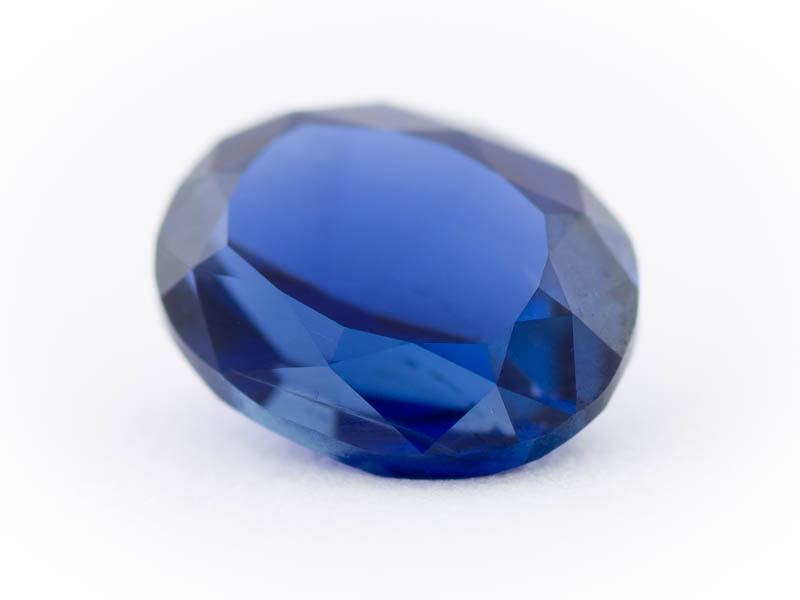
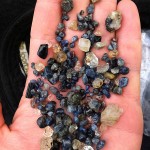
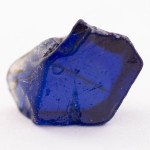
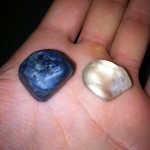

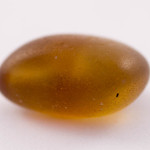
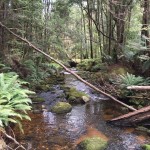
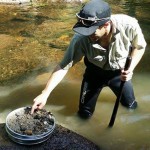
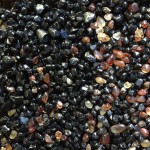
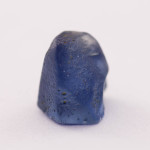
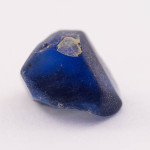
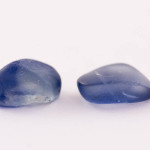
Hi
Please : –
While fossicking at Weld river and surrounds, how often do you come across snakes ?
Also in which shops in Tasmania can one purchase rough sapphires ?
I am Adelaide South Australia.
Thanks .
You see the occasional snake. No more or less than anywhere else. I tend to see more on the west coast.
I don’t think you’d find rough sapphire for sale in any shops, sorry.
gday, im in st helens,
how cani tell if i have a bit of blue glass or a saphire? cheers
If you can scratch glass with it, then it’s probably a sapphire
Do you realise people are gouging out the banks of the river?
Have you seen the Weld in full flood?
Digging into the banks is illegal!
Huge trees are now falling in, causing us to lose more and more land every year!
Rubbish is left everywhere, illegal camping and fires! Soon, The Weld River will be policed for illegal works both up and downstream from the Frome Rd Bridge,the riperian zone will be fenced and monitored.
Other restrictions will be placed on any activities in the near future.
We are horrified at the destruction being inflicted on a river that has taken 150 years to recover from tin mining!!
Fossicking is limited to the river…you lead people astray with these blogs, they’re compelled to keep going for these huge gems!
In reality most are tiny, fractured and not useful, except ruining the environment ????
I think you have a naive view of the history of the Weld River.
Commercial tin mining in the Weld ended about 80 years ago in the 1930s, but the river, like every other river in the area carrying tin, has been constantly prospected by amateur prospectors ever since. The last commercial venture in Moorina ended in 1974, just downstream of the modern designated Fossicking Area.
Fossicking inside the designated Fossicking Area is indeed limited to the river. No undermining of banks is permitted. I have never encouraged people to do the wrong thing in this blog, so I’m not sure what you mean when you say I lead people astray, and I would request that you consider before accusing me of something I haven’t done. I show what I find. All of the pictures here are from stones I and my friends have found in the area within the last 20 years. Fossicking is a traditional pastime that is not harmful to the environment when carried out according to the established rules and regulations, and that’s the only kind of fossicking I’ve ever advocated.
Hi Sandra,
I am not sure what exactly you are referring to, but I have indeed seen the Weld, Ringarooma, Cascade in full flood, and also after a flood. A good flood mobilises most of the river’s sediment load, and any digging I might have done prior to the flood gets well and truly obliterated. This is nature’s way. A flood uproots and washes away a lot of vegetation, prior mining or not.
Digging into banks and undermining them is indeed not allowed inside the fossicking area, and it is also not permitted under a Tasmanian Prospecting licence. It is up to anyone using the area to be aware of the conditions that regulate what they can and can’t do.
I’m not sure what you mean by illegal camping. Most of the fossicking area is inside either Future Potential Production Forest or Permanent Timber Production Zone Land, and camping is allowed inside both of these. If someone is trespassing into private land then they’re doing the wrong thing and I don’t condone that in any way.
As to fencing and restrictions, I’d just make sure to stay on the legal side of what’s permitted under the Mineral Resources Development Act 1995, and the Crown Lands Act 1976.
Come and have a look at the destruction!
As a land owner, I can say none of the conditions of fossicking are being met, banks are being undermined, illegal camping is rife, rubbish is left everywhere!
I’m naive, I live here ????
Cheers ????